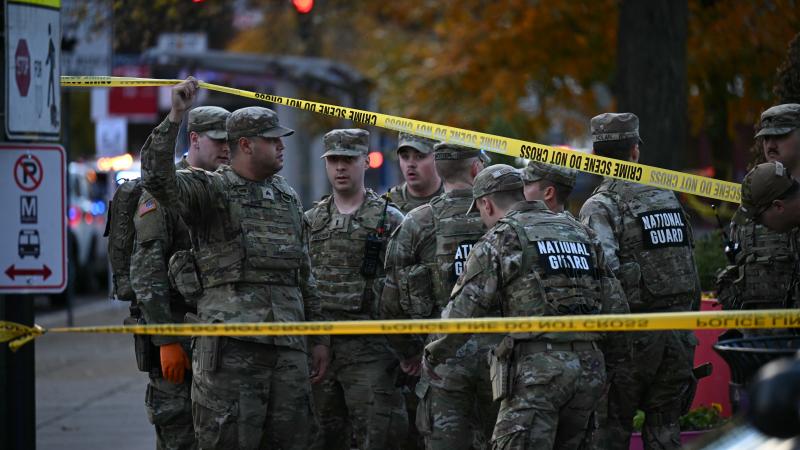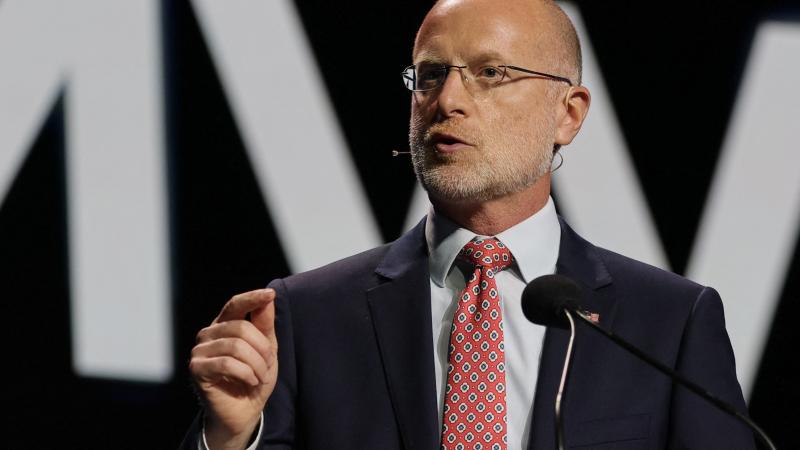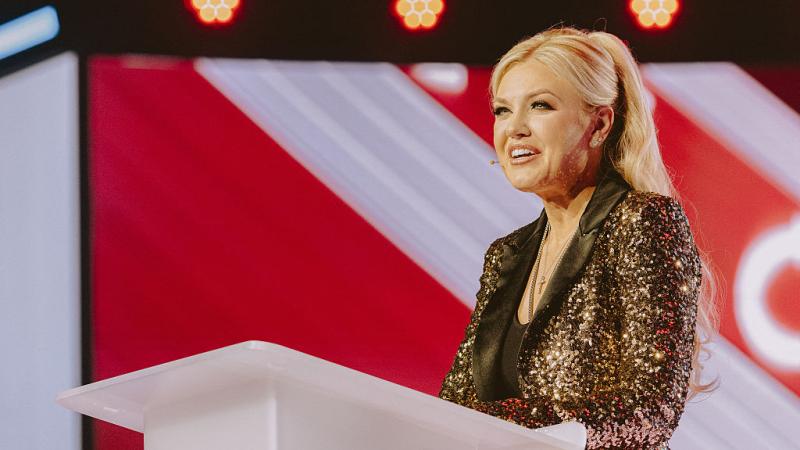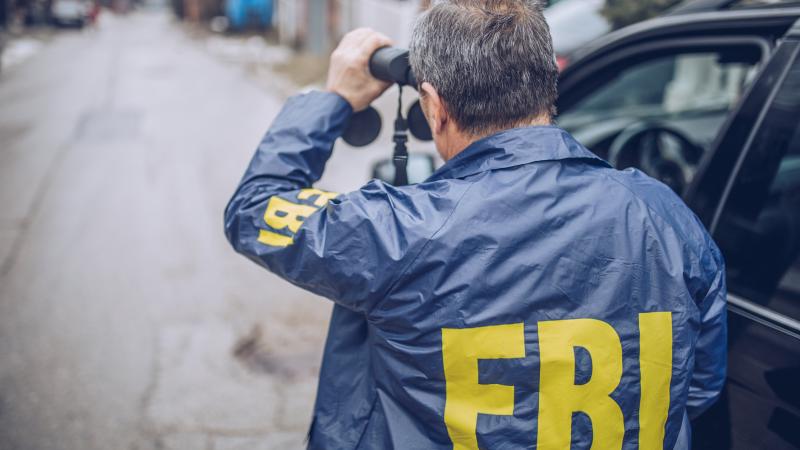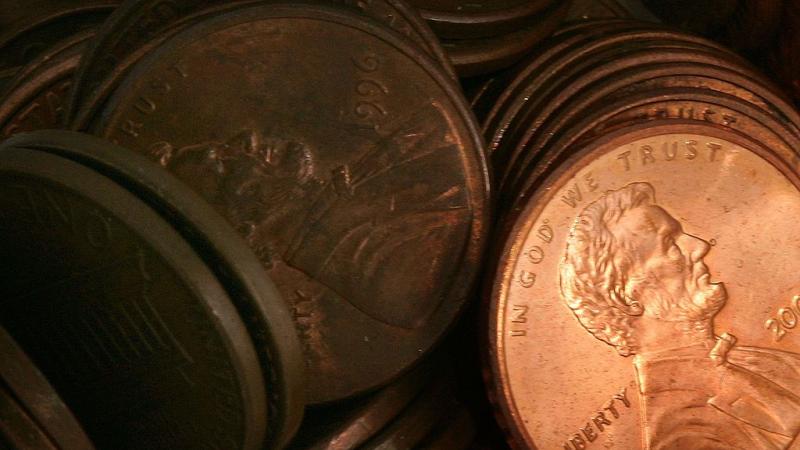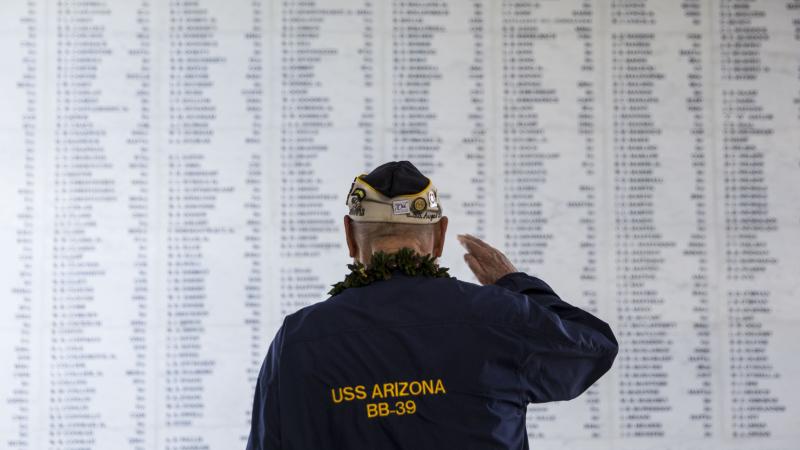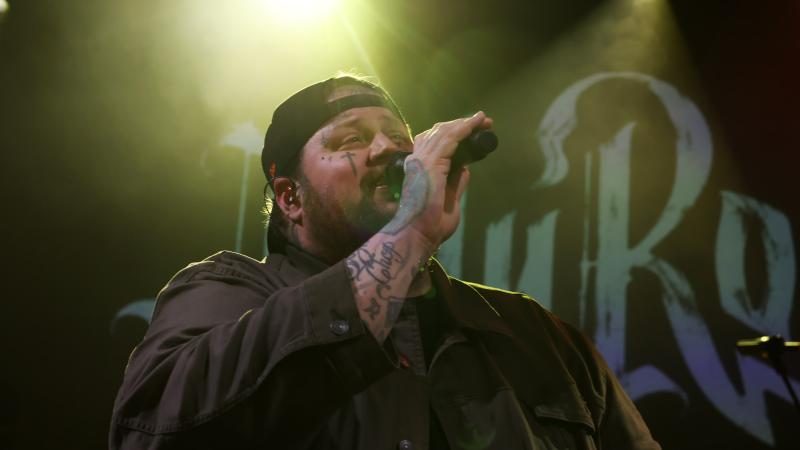Photo, bullet inscriptions and audience questions: The evidence driving the Kirk assassination probe
The FBI manhunt for Charlie Kirk's assassin is following newly-unearthed clues which begin to paint a possible picture of the killer.
The FBI and Utah law enforcement have made significant progress in the manhunt for Charlie Kirk’s assassin, recovering the weapon they believed was used to kill the prominent conservative activist as well as unspent ammunition with inscriptions implying a possible political motive, law enforcement officials told Just the News on Thursday.
The long-range, high-powered hunting rifle as well as two unspent ammunition cartridges had inscriptions tied to transgenderism and antifascist ideology, the officials said.
There is also significant video and photo evidence that could lead to the shooter’s identity, movements and possible accomplices, including his flight path from the scene at Utah Valley University. That footage on Thursday yielded the first images of a man the FBI believes is the key person of interest in the shooting.
“We are asking for the public's help identifying this person of interest in connection with the fatal shooting of Charlie Kirk at Utah Valley University," the FBI's Salt Lake City office posted on X.
The post included two pictures of the potential suspect dressed largely in black, wearing sunglasses, a dark cap, and a black backpack.
Officials told Just the News they are making significant strides in solving a shooting that has rocked both sides of the political world and painfully reminded America of the scourge of growing political violence.
“There is steady progress from photo recognition to weapons analysis and we are narrowing down those we think may have been involved,” a senior law enforcement official told Just the News, speaking only on condition of anonymity. “The coincidences and the evidence are pointing in a clear direction. Nothing is certain until you make arrests, but we have momentum.”
The most significant pieces of evidence, officials said, are the long-arms weapon and ammo that was recovered and that is believed to have been used by the assassin, as well as video footage from security cameras and attendees’ cell phone cameras that show the shooter from a rooftop shooting perch and then possibly fleeing along the roof line.
Some security footage is grainy, but it led to additional footage that has allowed for enhanced photo recognition, the officials said.
The officials added they are examining the conduct of one or more people on the university grounds to determine whether there were accomplices, including specific questions asked or statements made to Kirk from the crowd before he was mortally wounded.
“There are some activities we believe will turn out to not be coincidences,” one official said.
Another official said law enforcement and foreign partners have flagged some social media and other communications suggesting that a few people may have had prior knowledge that Kirk would be harmed or did not know “what’s coming” when he arrived at the Utah campus.
“We are looking to see if those were guesses or based on real threat knowledge and whether there was a connection to ideology or bad actors and to those on the ground that we have suspicions about,” one official said.
FBI Special Agent in Charge Robert Bohls, who leads the Salt Lake Field Office, told the media Thursday morning, "We have recovered what we believe is the weapon that was used in yesterday’s shooting.” The firearm was a “a high-powered, bolt-action rifle” and was “recovered in a wooded area where the shooter had fled,” Bohls said, adding that the weapon is being sent to a lab for analysis.
Bohls said the suspected shooter “appears to be of college age” but did not provide a physical description beyond that. The FBI special agent added: “We are confident in our abilities to track that individual. If we are unsuccessful in identifying them immediately, then we will reach out for the public’s help and the media’s help in pushing those photos.”
Commissioner Beau Mason of the Utah Department of Public Safety told the press, “We were able to track the movements of the shooter” after the fact following an overnight investigation.
Mason said that the suspected shooter arrived close to campus around 11:52 a.m. local time, and that the shooting occurred around 12:20 p.m. local time. The commission said that, after the shooting, investigators were able to go back and track the suspected shooter's movements onto campus, through stairwells, onto the roof to a shooting location, his movements to other side after the shooting, him jumping off the building, and him fleeing campus and heading into the nearby neighborhood.
“We do have good video footage of this individual,” Mason said. “We are not going to release that at this time. We are working through some technologies and some ways to identify this individual. If we are unsuccessful, we will reach out to you in the media and we will push that publicly to help us identify him, but we are confident in our abilities right now.”

